Nov 12, 2024
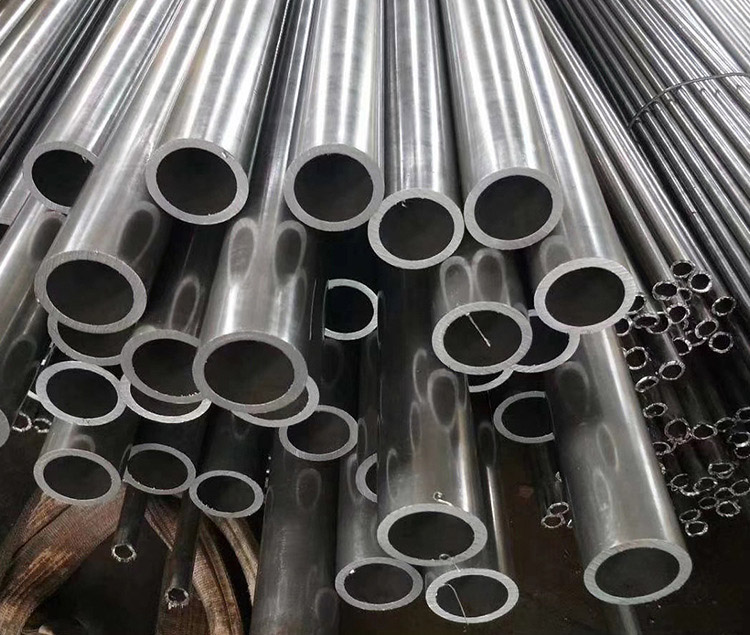
As an alloy material with excellent corrosion resistance, high strength, and good machinability, stainless steel has become an indispensable part of our daily lives. Whether in everyday life or in the automation industry, stainless steel can be found in many applications.
In the pneumatic industry, stainless steel, with its superior performance, is the material choice for numerous pneumatic products such as cylinder barrels, piston rods, pneumatic fittings, and pneumatic valves.
Stainless steel has superior mechanical properties, corrosion resistance, high-temperature resistance, and service life compared to aluminum alloys, making it suitable for more demanding environments.
The aluminum alloy, with its better density and cost advantages, is also widely used in the pneumatic industry. For more detailed information about aluminum alloys, please refer to What Are The Most Common Aluminum Alloys Used In The Pneumatic Industry?.
Stainless steel can be classified into different series and grades based on its elemental composition, crystal structure, and other characteristics. Each type of stainless steel has its own unique composition and manufacturing process, Therefore, their various properties show great differences.Therefore, their various properties show great differences.
201J1 | 304L | 316L | CF8M |
201J2 | 304H | 316H | CF3 |
201J3 | 304N | CF3M |
201 stainless steel typically contains about 18% chromium and around 5% nickel, with the addition of manganese (Mn) and nitrogen (N) to increase its yield strength and mechanical properties.
It is an austenitic stainless steel primarily used in applications where corrosion resistance is not a high priority, and cost is a key factor.
The use of manganese and nitrogen improves its strength and hardness, allowing it to withstand larger tensile forces.
While replacing some of the chromium and nickel with manganese and nitrogen lowers its cost, it also results in poorer corrosion resistance, especially in high-chloride environments where pitting and crevice corrosion are likely to occur.
Additionally, 201 stainless steel can be further subdivided into several subgrades: 201J1, 201J2, and 201J3, each offering specific performance characteristics.
◆ 201J1: Primarily improves strength by adding manganese and nitrogen to replace some of the chromium and nickel, but has slightly lower corrosion resistance compared to standard 201 stainless steel.
◆ 201J2: Focuses on balancing the composition, adjusting chromium, nickel ratios, and adding other alloying elements to maintain good mechanical properties while improving corrosion resistance.
◆ 201J3: Optimized for better corrosion resistance with a slightly higher cost. It is ideal for products that will be exposed to humid or corrosive environments over extended periods.
304 is one of the most common stainless steel materials. It is an austenitic stainless steel containing about 18% chromium and 8% nickel, with little or no additional elements.
It does not experience work hardening, and has excellent overall performance, making it suitable for a wide range of household and industrial applications.
Like 201 stainless steel, 304 stainless steel also has several subgrades:
◆ 304: Standard grade with excellent overall performance, widely used in various applications.
◆ 304L: Low-carbon grade, with carbon content below 0.03%, offering good corrosion resistance.
◆ 304H: High-carbon grade, with carbon content between 0.04% and 0.1%, offering excellent high-temperature performance.
◆ 304N: Nitrogen-enriched grade with improved strength, toughness, and corrosion resistance, suitable for specialized applications.
Additionally, food-grade 304 stainless steel is commonly used in applications that directly contact food, meeting strict hygiene and safety standards.
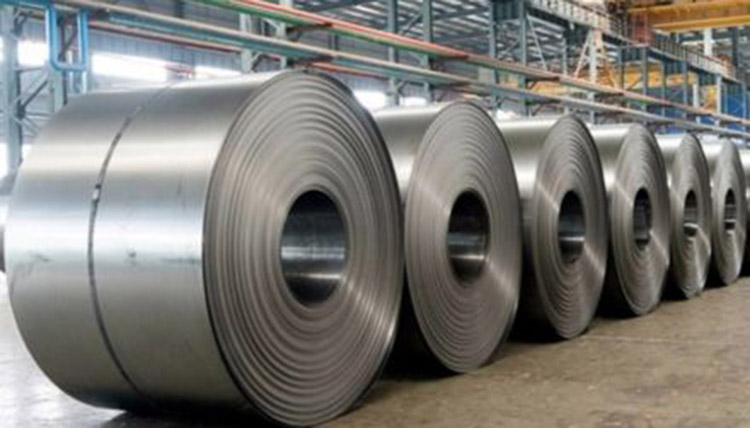
316 stainless steel can be considered an upgraded version of 304 stainless steel, as it includes molybdenum (Mo) in its alloy composition. This enhances its corrosion resistance, atmospheric corrosion resistance, and resistance to chloride-induced corrosion.
It also offers higher strength and better high-temperature resistance than 304 stainless steel, with superior weldability. However, it is more expensive than it.
The most common subgrades of 316 stainless steel include:
◆ 316L: Low-carbon grade, with carbon content typically below 0.03%. This prevents intergranular corrosion after welding, offering slightly lower strength than standard 316 stainless steel, making it ideal for welding large-scale components.
◆ 316H: High-carbon grade, with carbon content between 0.04% and 0.1%. It offers better strength, ductility, and high-temperature performance than standard 316 stainless steel, but with slightly reduced corrosion resistance. This makes it more suitable for use in high-temperature environments, such as in boilers and steam pipelines.
CF8 stainless steel is an austenitic cast stainless steel. Its main alloying elements include chromium, nickel, along with small amounts of carbon, manganese, and silicon.
Its alloy composition is similar to 304 stainless steel, so it shares many of the same properties. CF8 has good oxidation resistance and strength at high temperatures, typically able to withstand temperatures up to 800°C.
As a cast material, CF8 stainless steel ensures good flowability and solidification during the casting process, making it highly suitable for producing complex-shaped castings like valves, pump bodies, and other components.
Common variants of CF8 stainless steel include:
◆ CF8M: The most common CF8 variant, with 2-3% molybdenum added to its composition. This variant has similar properties to 316 stainless steel and is often referred to as "cast 316 stainless steel."
◆ CF3: A lower-carbon variant, similar to 304L stainless steel, mainly used in low- and medium-temperature environments.
◆ CF3M: Similar to CF3, but with added molybdenum, making it more similar to 316L stainless steel in terms of properties.
201 | 304 | 316 | CF8 | |
Cr | 16.0%-18.0% | 18.0%-20.0% | 16.0%-18.0% | 18.0%-20.0% |
Ni | 3.5%-5.5% | 8.0%-10.5% | 10.0%-14.0% | 8.0%-10.5% |
Mn | 5.0%-7.5% | 2.0%-2.5% | 2.0%-2.5% | 1.5%-2.5% |
Si | 0.5%-1.0% | 0.5%-0.8% | 0.75%-1.0% | 1.0%-1.5% |
C | ≤ 0.08% | ≤ 0.08% | ≤ 0.08% | ≤ 0.08% |
P | ≤ 0.06% | ≤ 0.045% | ≤ 0.045% | ≤ 0.045% |
S | ≤ 0.03% | ≤ 0.03% | ≤ 0.03% | ≤ 0.03% |
Mo | None | None | 2.0% - 3.0% | None |
In conclusion, 304 stainless steel is the most commonly used stainless steel material due to its excellent corrosion resistance, ease of machining, and overall superior performance.
316 stainless steel offers higher strength and better corrosion resistance, making it ideal for harsh environments.
201 stainless steel, while slightly inferior in performance, offers cost advantages and is widely used in daily consumer products and decorative applications.
CF8 stainless steel, as a cast stainless steel, is widely used in manufacturing valves, pump bodies, and other components that need to withstand high pressure and corrosive environments.
The variety of stainless steel materials available can meet the demands of different industries. Choosing the right stainless steel not only improves the economic benefits of a product but also enhances its overall performance and longevity.
To choose the appropriate stainless steel cylinder, please refer to Calculation of Wall Thickness and Pressure of Stainless Steel Cylinder.
FESCOLO is a professional manufacturer specializing in various pneumatic components. We offer a range of cylinders and accessories made from materials including copper, brass, aluminum alloy, and stainless steel. If you have any needs, please click here to visit our Product page for more information.
You can also click here to visit our Blog page, where we provide a series of more detailed and comprehensive articles, images, and videos to help you better understand metal materials and pneumatic components .
You May Interest In
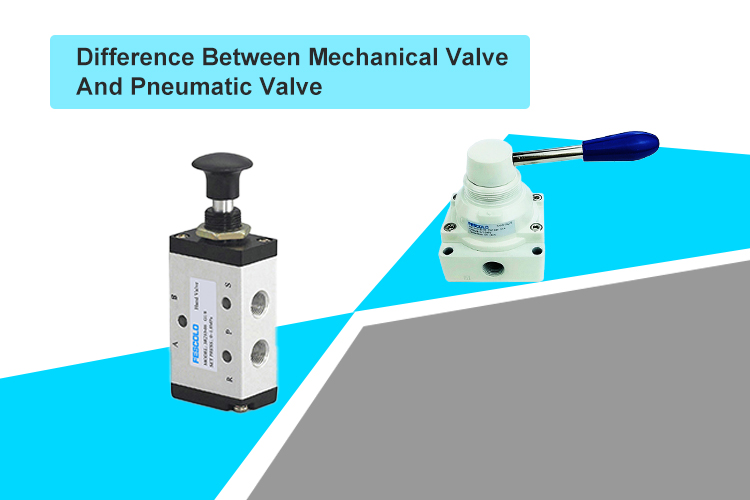
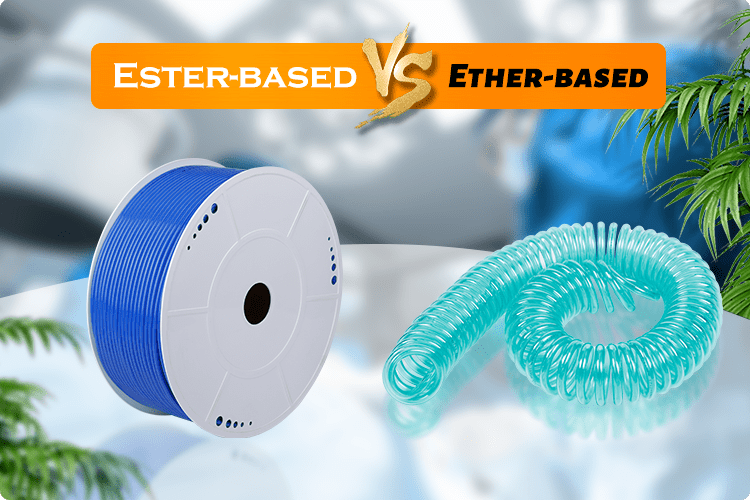
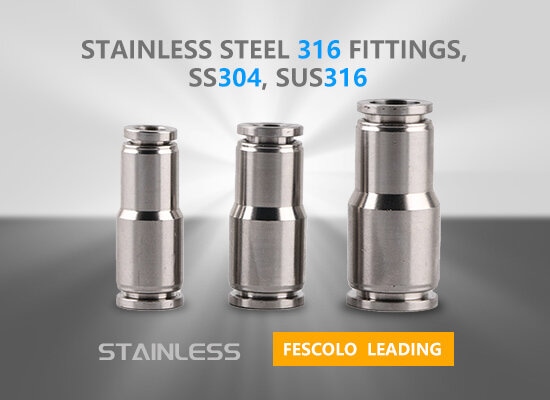
May 16, 2019 Blog
STAINLESS STEEL 316 FITTINGS, SS304, SUS316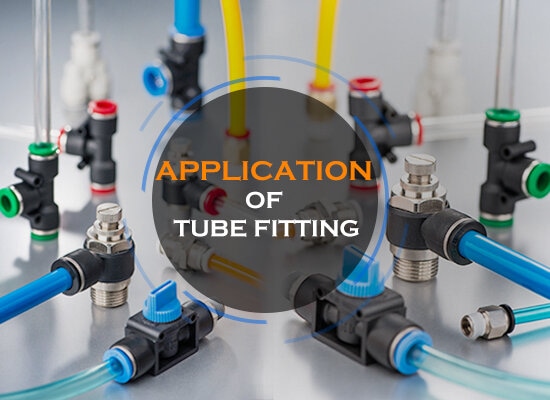
May 03, 2018 Blog
Application Of Tube Fitting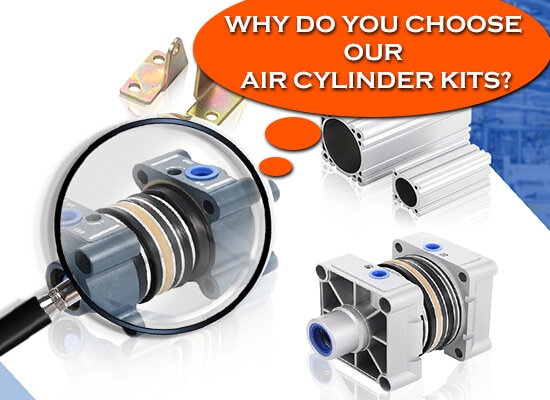
Jun 08, 2018 Blog
Why Do You Choose Our Air Cylinder kits?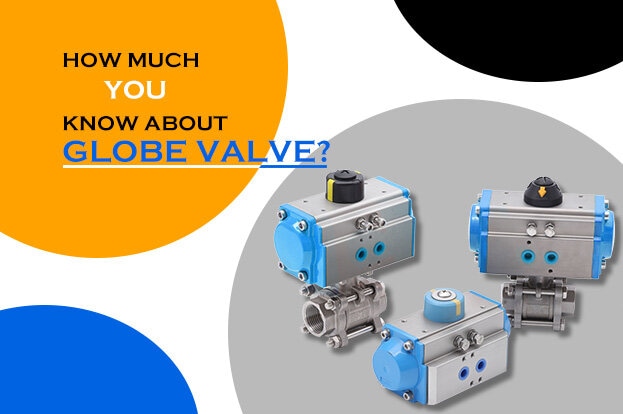
Feb 09, 2018 Blog
How much you know about globe valve?FOKCA ©1998-2025 Fescolo Pneumatic All Rights Reserved Sitemap